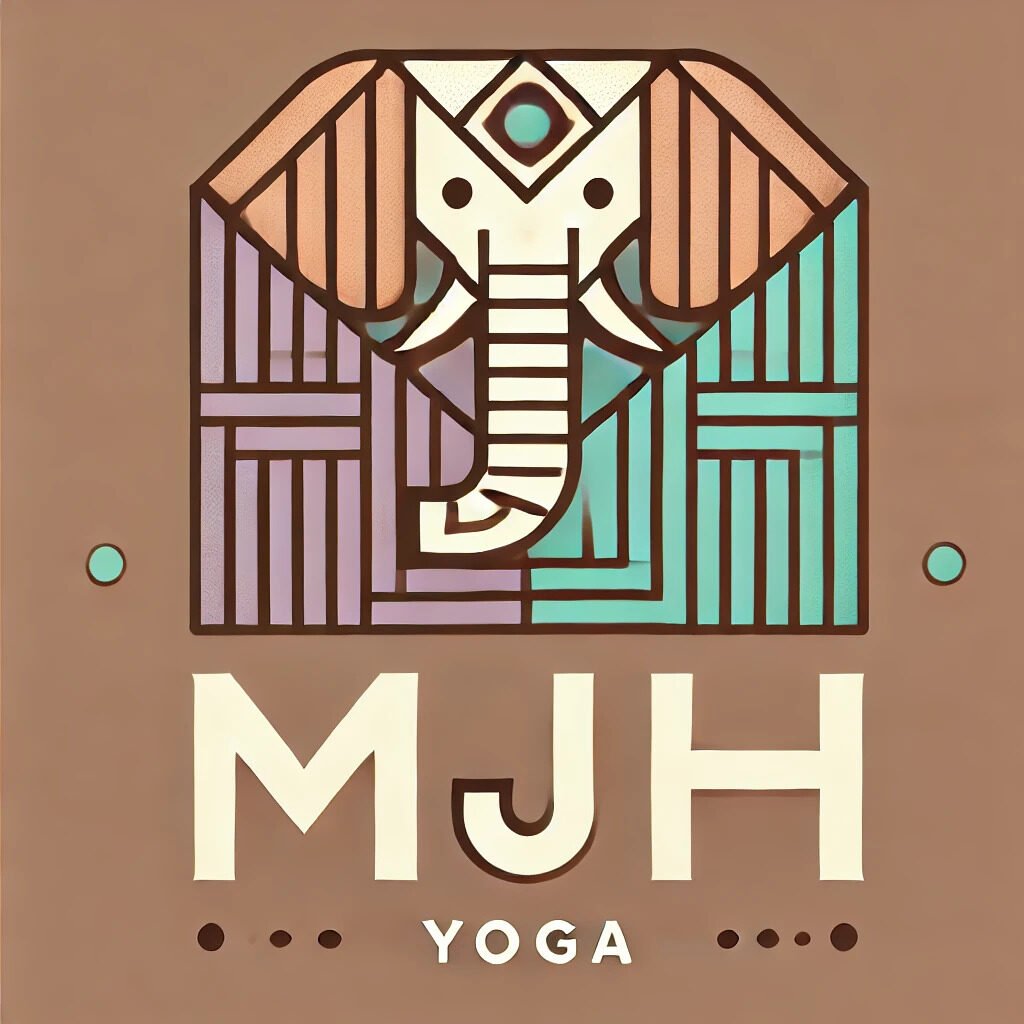The Shoulder Girdle: Function & Issues
The shoulder girdle, also known as the pectoral girdle, is a remarkable structure that plays a crucial role in allowing us to perform a wide range of movements with our arms. Comprised of the collarbone (clavicle), shoulder blade (scapula), and the upper arm bone (humerus), the shoulder girdle is a complex system that requires proper care and attention to function optimally. Let’s delve into the fascinating world of the shoulder girdle, exploring its functions, common issues, and ways to keep it healthy and pain-free.
The Shoulder Girdle: An Overview
The shoulder girdle serves as the connection point between the upper limbs and the trunk of the body. It provides stability and mobility, allowing us to perform activities such as reaching overhead, throwing a ball, and hugging a loved one. The collarbone and shoulder blade work together to create a dynamic system that moves in multiple planes of motion, providing the flexibility needed for various daily tasks and athletic endeavors.
One of the most fascinating aspects of the shoulder girdle is its ability to move in such a wide range of directions. This intricate system of bones, muscles, and ligaments works harmoniously to facilitate movements like flexion, extension, abduction, adduction, and rotation. The shoulder girdle is truly a marvel of biomechanics, allowing us to express ourselves through gestures, sports, and everyday activities with grace and precision.
Common Issues Affecting the Shoulder Girdle
Despite its remarkable capabilities, the shoulder girdle is prone to various issues that can cause discomfort and limit its function. Common problems include rotator cuff injuries, frozen shoulder (adhesive capsulitis), shoulder impingement, and shoulder instability. These issues can be caused by overuse, poor posture, muscle imbalances, or traumatic injuries. It’s essential to address these problems promptly to prevent them from worsening and impacting your quality of life.
Tips for Maintaining a Healthy Shoulder Girdle
To keep your shoulder girdle healthy and functioning optimally, it’s essential to practice good posture, maintain a healthy weight, and engage in regular physical activity. Strengthening the muscles surrounding the shoulder joint, such as the rotator cuff and deltoids, can help prevent injuries and improve stability. Additionally, incorporating stretching exercises into your routine can help maintain flexibility and range of motion in the shoulder girdle. Remember to listen to your body and avoid overloading the shoulders with excessive weight or repetitive movements.
Exercises to Strengthen Your Shoulder Girdle
There are several exercises you can incorporate into your workout routine to strengthen the muscles of the shoulder girdle. I recommend starting with shoulder CARS, and going from there. Gradually increase the intensity and volume of your workouts as your strength and endurance improve.
Embracing a Pain-Free Shoulder Girdle
By following a comprehensive approach that includes proper posture, regular exercise, and attention to any warning signs of potential issues, you can embrace a pain-free shoulder girdle. Remember to listen to your body, prioritize rest and recovery, and seek professional help if you experience persistent pain or mobility limitations. With a little care and dedication, you can enjoy the marvels of your shoulder girdle and continue to move through life with ease and confidence.
The shoulder girdle may be a small part of our anatomy, but its significance in our daily lives is immense. By understanding its functions, recognizing common issues, and taking proactive steps to maintain its health, we can ensure that our shoulder girdle remains strong, flexible, and pain-free. Let’s show our shoulders some love and gratitude for all they do for us every day.

